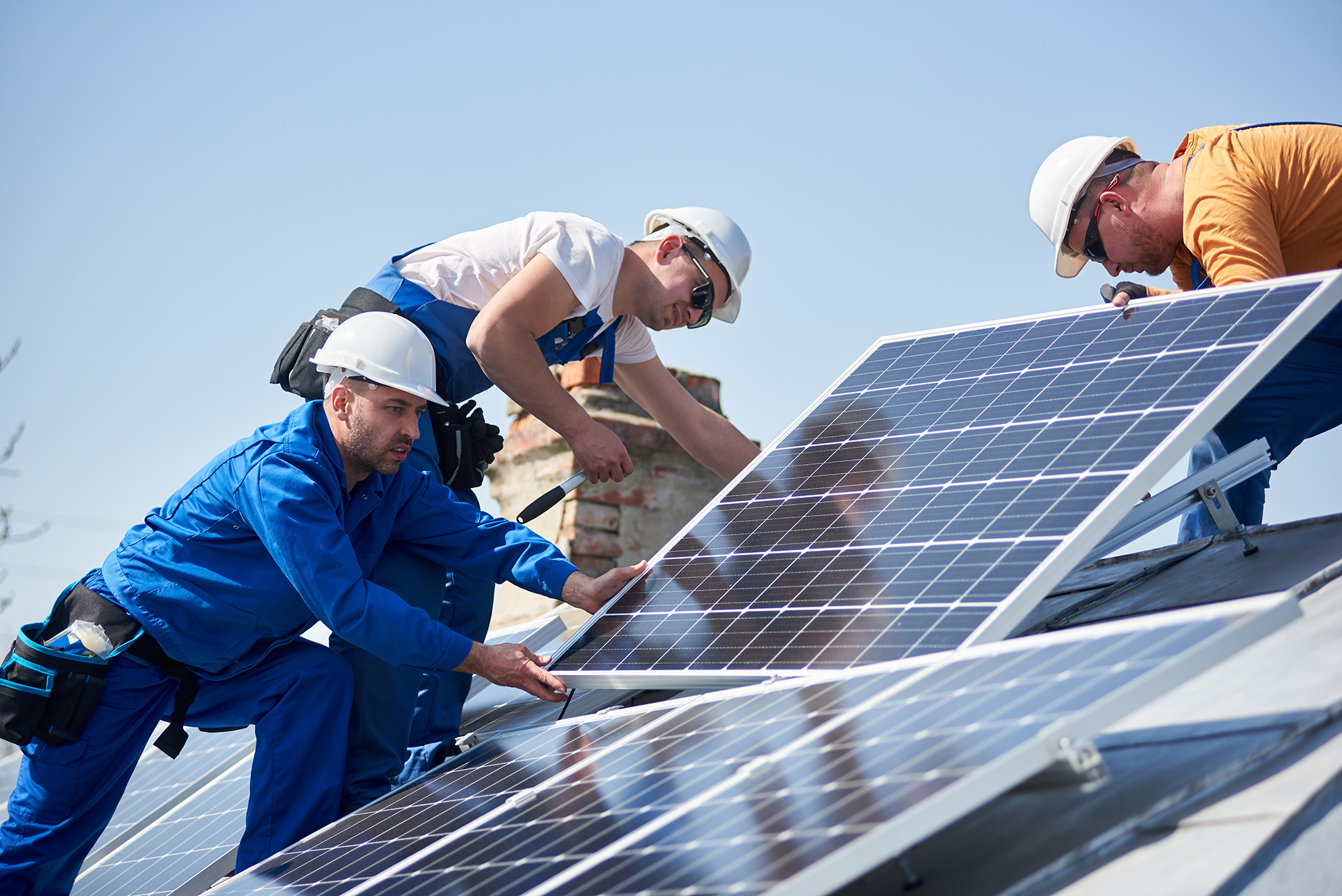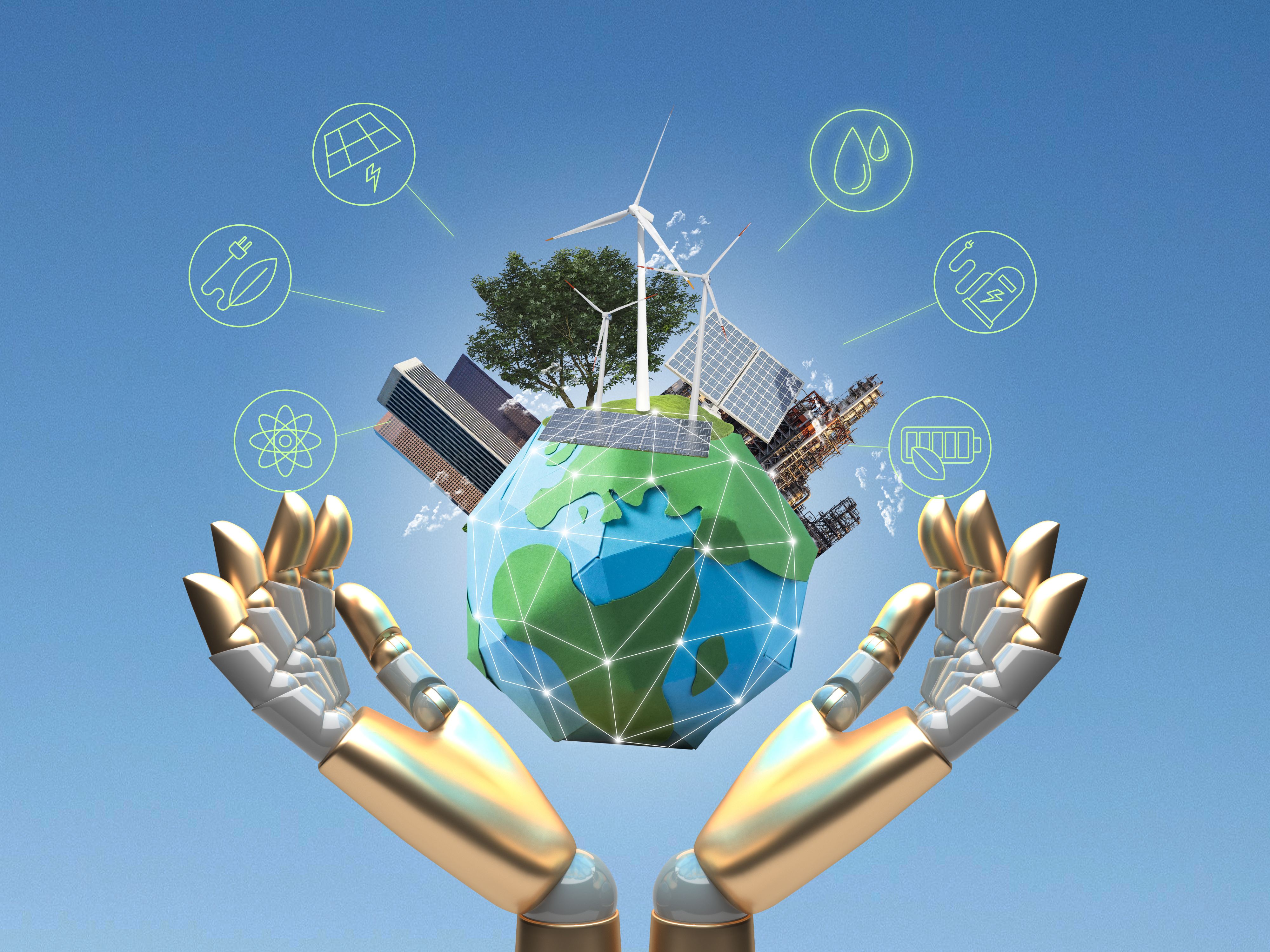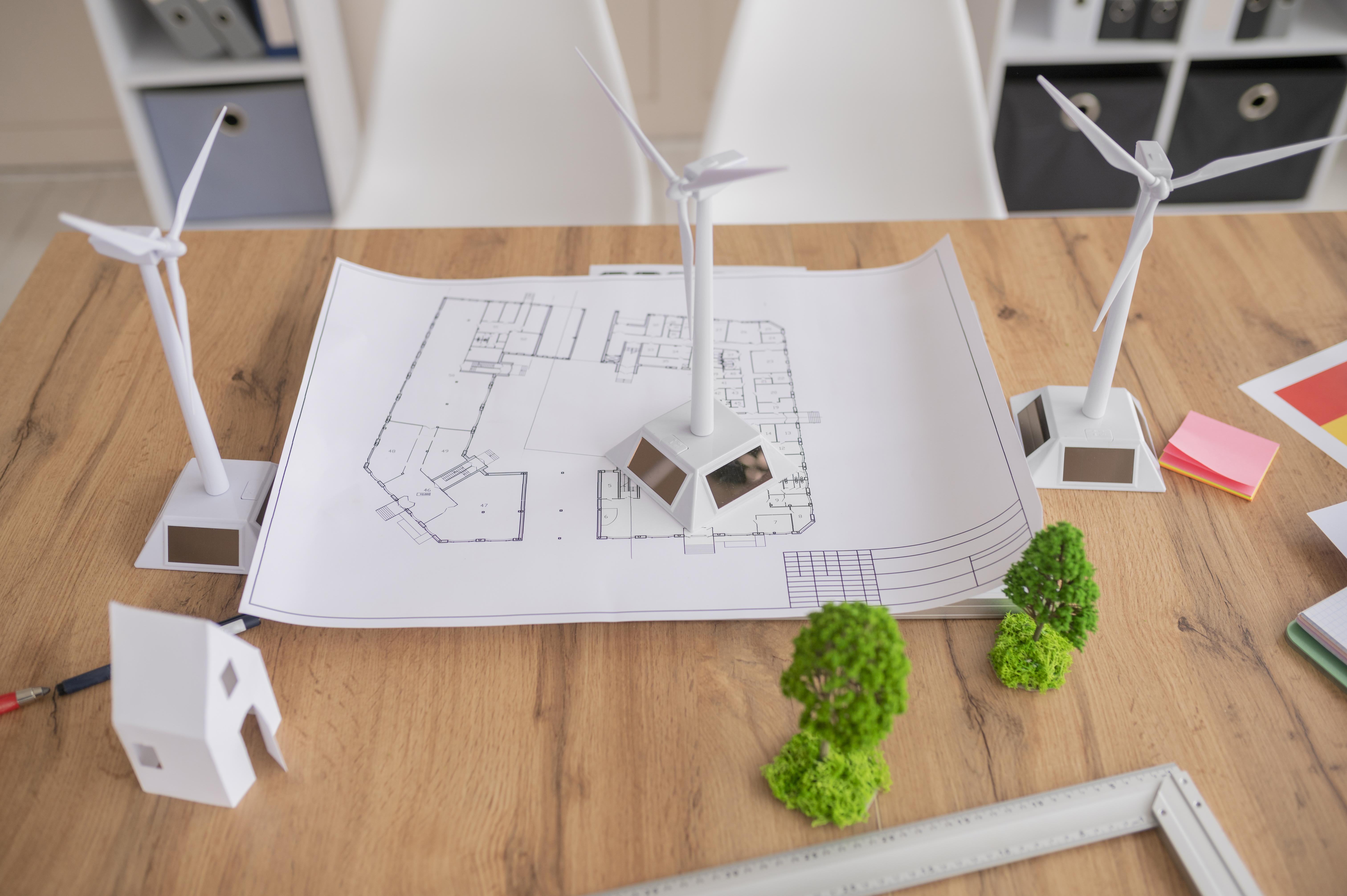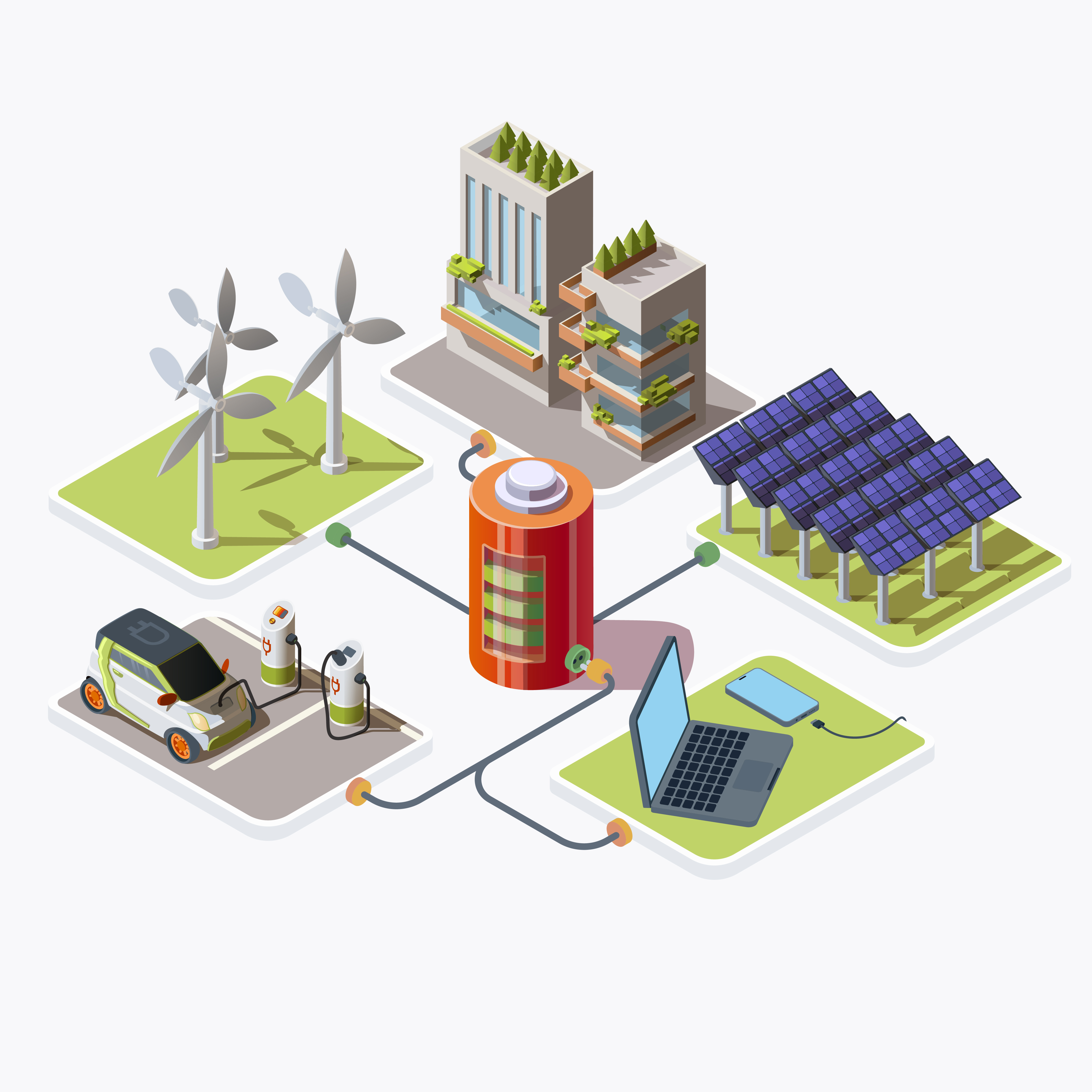Table of Contents
ToggleIntroduction
Wind energy has emerged as a significant player in the renewable energy landscape, offering a sustainable alternative to traditional fossil fuels. However, the efficiency and success of wind energy projects heavily rely on the selection of an optimal location for wind turbines. In this article, we delve into the crucial considerations and methodologies involved in the selection of windmill locations, encompassing environmental, geographic, technical, economic, social, and regulatory factors.
Environmental Factors
The primary determinant of a suitable windmill location is wind availability. Wind speed and direction vary significantly across different regions and terrains. Conducting thorough wind resource assessments using advanced meteorological tools is essential to identify areas with consistent and sufficient wind resources.
Terrain plays a pivotal role in influencing wind flow patterns. Open, unobstructed landscapes such as plains and coastal areas are generally preferred for wind energy projects. Conversely, complex terrain with hills, mountains, or dense vegetation can create turbulence and reduce wind energy potential.
Before selecting a windmill location, it’s imperative to assess the potential environmental impact of the project. This includes evaluating the effects on wildlife, ecosystems, and local habitats. Environmental impact assessments help mitigate any adverse effects and ensure sustainable development.
Geographic Considerations
Proximity to high wind resource areas is critical for maximizing energy production and project efficiency. Utilizing wind maps and data analytics, developers can pinpoint regions with the highest wind energy potential and prioritize them for windmill installation. Balancing energy production with social acceptance is essential. Placing windmills too close to residential areas can lead to noise complaints and visual intrusion. Maintaining a safe distance from populated areas while still harnessing wind resources is key to garnering community support.
Factors such as land availability, zoning regulations, and topographical limitations can impact the feasibility of wind energy projects. Conducting thorough land surveys and consulting with local authorities help navigate these constraints and identify suitable locations for wind turbines. Integration with existing infrastructure, such as electrical grids and transportation networks, is crucial for efficient power transmission and project operation. Identifying sites close to transmission lines minimizes infrastructure costs and facilitates grid connection.
Assessing the transmission capacity of the grid is essential to ensure that the generated wind energy can be efficiently transported to end-users. Upgrading or expanding transmission infrastructure may be necessary in remote or underserved areas to accommodate increased power generation. Accessibility for maintenance and repair activities is a key consideration in windmill location selection. Choosing sites with convenient access roads and infrastructure facilitates timely servicing and enhances the longevity of wind turbines.
Economic Analysis
Evaluating the economic viability of wind energy projects involves conducting comprehensive cost-benefit analyses. Factors such as installation costs, operation and maintenance expenses, and revenue generation through energy sales are weighed against each other to determine the project’s financial feasibility. Assessing the return on investment (ROI) helps investors gauge the profitability and long-term sustainability of wind energy projects. Calculating metrics such as payback period, net present value, and internal rate of return aids in making informed investment decisions.
Government incentives and subsidies can significantly influence the economics of wind energy projects. Tax credits, grants, and feed-in tariffs incentivize investment in renewable energy and improve the financial attractiveness of windmill installations.Engaging with local communities and stakeholders is essential to garner support and address concerns regarding wind energy projects. Open dialogue, public consultations, and community outreach initiatives foster transparency and build trust throughout the project lifecycle.
Visual Impact Assessment
Assessing the visual impact of wind turbines on the surrounding landscape is crucial for mitigating aesthetic concerns. Utilizing visual simulations and conducting scenic impact assessments help design projects that harmonize with the natural environment.Wind turbine noise can be a source of annoyance for nearby residents. Implementing noise mitigation measures, such as proper siting, sound barriers, and rotor design improvements, minimizes the impact of operational noise on surrounding communities.
Navigating the regulatory landscape is a complex process that involves obtaining permits and approvals from various governmental agencies. Compliance with environmental regulations, land use permits, and zoning ordinances is necessary to ensure legal compliance and project approval.
Adhering to environmental regulations is paramount to minimize the ecological footprint of wind energy projects. Compliance with air and water quality standards, wildlife protection laws, and habitat conservation measures demonstrates a commitment to environmental stewardship. Resolving land rights and ownership issues is essential for securing the necessary land for windmill installations. Negotiating leases, easements, and land purchase agreements with landowners ensures clear property rights and mitigates potential conflicts during project development.
Case Studies
Examining case studies of successful wind energy projects provides valuable insights into effective location selection strategies. Analyzing factors such as wind resource assessment, community engagement, and regulatory compliance elucidates best practices for future projects.
Reflecting on the challenges and lessons learned from past wind energy projects helps inform decision-making and improve project outcomes. Identifying common pitfalls and implementing corrective measures enhances project efficiency and sustainability.
Conclusion
Selecting the perfect windmill location is a multifaceted process that requires careful consideration of environmental, geographic, technical, economic, social, and regulatory factors. By prioritizing sustainability, community engagement, and regulatory compliance, developers can optimize wind energy projects for maximum benefit to both the environment and society. Through meticulous planning and strategic decision-making, the wind energy industry continues to contribute towards a cleaner, more sustainable energy future.
What role does wind speed play in selecting a windmill location?
Wind speed is a crucial factor in determining the energy output of wind turbines. Higher wind speeds typically result in greater electricity generation. Therefore, selecting a location with consistent and strong wind resources is essential for maximizing the efficiency and profitability of wind energy projects.
How do environmental factors influence windmill location selection?
Environmental factors such as terrain features and wildlife habitats can significantly impact the feasibility and sustainability of wind energy projects. Assessing potential environmental impacts and mitigating adverse effects through careful site selection and project planning are essential to ensure responsible development.
What considerations are important when assessing the economic viability of windmill locations?
Conducting a comprehensive cost-benefit analysis is crucial for evaluating the economic feasibility of wind energy projects. Factors such as installation costs, operation and maintenance expenses, revenue generation, and available incentives and subsidies all play a role in determining the financial viability of a windmill location.
How can communities be engaged in the windmill location selection process?
Engaging with local communities and stakeholders through transparent communication, public consultations, and community outreach initiatives is vital for building trust and garnering support for wind energy projects. Addressing concerns, sharing project benefits, and involving communities in decision-making processes promote social acceptance and facilitate project success.
What regulatory and legal considerations should be taken into account when selecting a windmill location?
Navigating regulatory requirements, obtaining permits, and complying with environmental regulations are critical aspects of windmill location selection. Developers must ensure legal compliance with zoning ordinances, land use permits, environmental impact assessments, and other regulatory frameworks to secure approval and mitigate potential legal risks.







